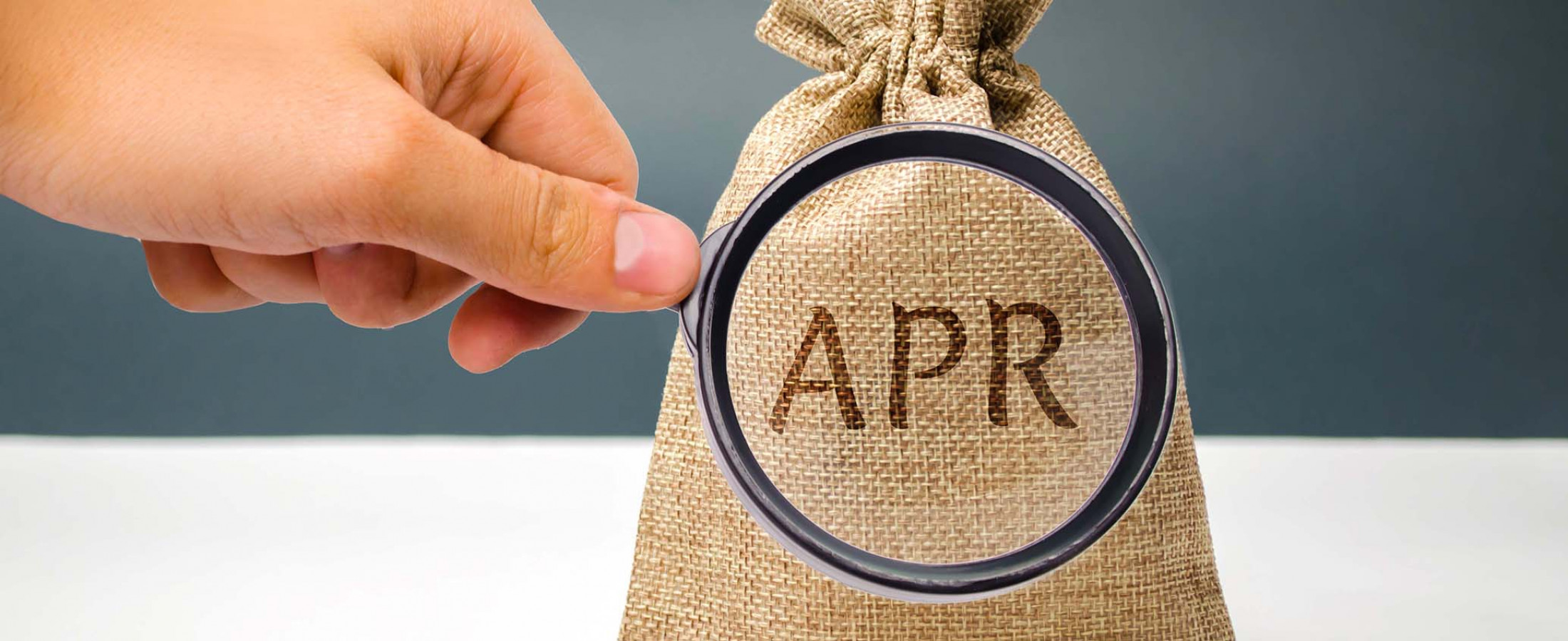
How does annual percentage rate work?
If you are in search for a mortgage, auto loan, or credit card, you might be focused on the interest rate offered. With a lower interest rate, you are likely to pay less to borrow money; however, you can also compare loan products by looking at the annual percentage rate (APR).
What is APR?
APR more represents the annual cost of a loan to a borrower. It represents the recurring amount of interest charged to a borrower on an outstanding loan or line of credit balance based on simple interest. Unlike an interest rate, the APR includes additional fees that may be charged to initiate your loan including, but not limited to, origination fees, processing fees, and closing costs.
It is easier to make informed credit decisions when you understand APR. This gives you a better idea of how much you will pay. For instance, if you are looking at APR as a percentage such as 3.00%, it says that over one year, you will pay 3.00% of your loan amount – or the principal – in interest and fees.
APR may not be the same for every borrower. Individuals with higher credit scores are more likely to be approved for a lower APR than borrowers with low credit scores. It is important to note that longer-term loans may carry high APRs due to increases in general interest rates over a long period of time.
In the case of credit cards, APR is important if you carry a balance each month. If you pay off the balance on time each month, you will not be charged any interest. If you have a balance left, you are charged for the unpaid portion, based on the APR.
Fixed vs. Variable
The two main types of APR are fixed-rate and variable-rate APRs, which will determine if the APR remains constant throughout the loan’s life.
With a fixed-rate loan, the APR does not change over time and would have the same interest rate for the life of the loan. Common examples of fixed-rate loans may include auto loans and some mortgages.
With a variable-rate loan, the interest rate can fluctuate. A common triggering event of variable rate loans is as the Federal prime interest rate goes up or down, the APR will adjust. Typically, if there is an increase in economic growth when the prime rate is high, there may be an APR increase, but during a recession, your APR could drop.
Other types of APRs examples may include:
- Cash advance APR: The APRs may be different for checks or cash advances. The cost to borrow cash from your credit card may be higher.
- Penalty APR: If you violate your credit card contract terms such as missing a payment, the APR may increase for a time. Make sure to review your terms of your credit card or loan.
- Introductory APR: When opening a new credit card, it may come with a lower, limited-time offer. It may also apply to transactions such as balance transfers.
- Balance transfer APR: The APR is applied to the amount of money the cardholder transfers from one card to another.
- Purchase APR: The rate is applied to new purchases.
What is my APR?
Adirondack Bank can provide you with your APR. You can also find your APR on your monthly loan or credit card statement, or account opening disclosures. The Truth in Lending Act of 1968 states that you must be provided with a disclosure statement showing your APR and must include any charges, scheduled payments, and costs to repay the loan. Visit adkbank.com or a Branch Banking Representative for details.
The information in this article was obtained from various sources not associated with Adirondack Bank. While we believe it to be reliable and accurate, we do not warrant the accuracy or reliability of the information. Adirondack Bank is not responsible for, and does not endorse or approve, either implicitly or explicitly, the information provided or the content of any third-party sites that might be hyperlinked from this page. The information is not intended to replace manuals, instructions or information provided by a manufacturer or the advice of a qualified professional, or to affect coverage under any applicable insurance policy. These suggestions are not a complete list of every loss control measure. Adirondack Bank makes no guarantees of results from use of this information.

